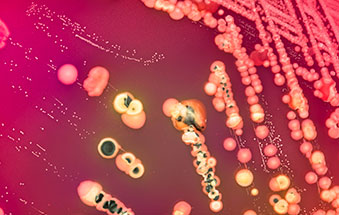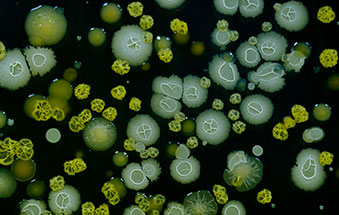
Germs are the generic name for small organisms such as bacteria, viruses, and fungus that can not be seen by the naked eye. Let's take a look at such germs that lead to diseases due to lack of hygiene, and travel along with you once you set foot in your house.
Taps, toilet seats and all the other dirty surfaces... These enduring microorganisms are equipped to build a nest anywhere in the house. The only way to keep your house and family free from diseases caused by bacteria is extra hygienic leaning... In addition, remember that bacteria can grow rapidly. Some can divide into two in less than 20 minutes and reproduce. In fact, one single bacterium can reproduce 8 billion bacteria in 24 hours. They can survive regardless of how hot or cold the weather is. Some bacteria can survive at -100°C while some others can follow the suit above 100°C.

With a size even smaller than bacteria, viruses, are common in all plastic materials, lamp switches, and door handles. Among the diseases they lead to are influenza, measles, and even AIDS. They not only infect you and your loved ones at a rapid pace, but also damage plants and animals. If you happen to catch a cold and cough in summer, the reason is probably the fact that you have touched a not-so-clean plastic container or the diaper of your baby with an upset stomach.

Taking forms of molds and yeast, fungi are common in humid spots of your bathroom in particular. With a potential to infect you and your loved ones from all types of surfaces that need to be kept dry, fungi may lead to allergic diseases for hair, skin, nail, asthma, and sinusitis. Leading to bad odor and image as they reproduce due to humidity in a bathroom, fungi may cover your shower curtain with an undesired type of liquid. If your fingers and hair roots are itchy, and your nails turn into an unusual color or break, then it means you are infected.